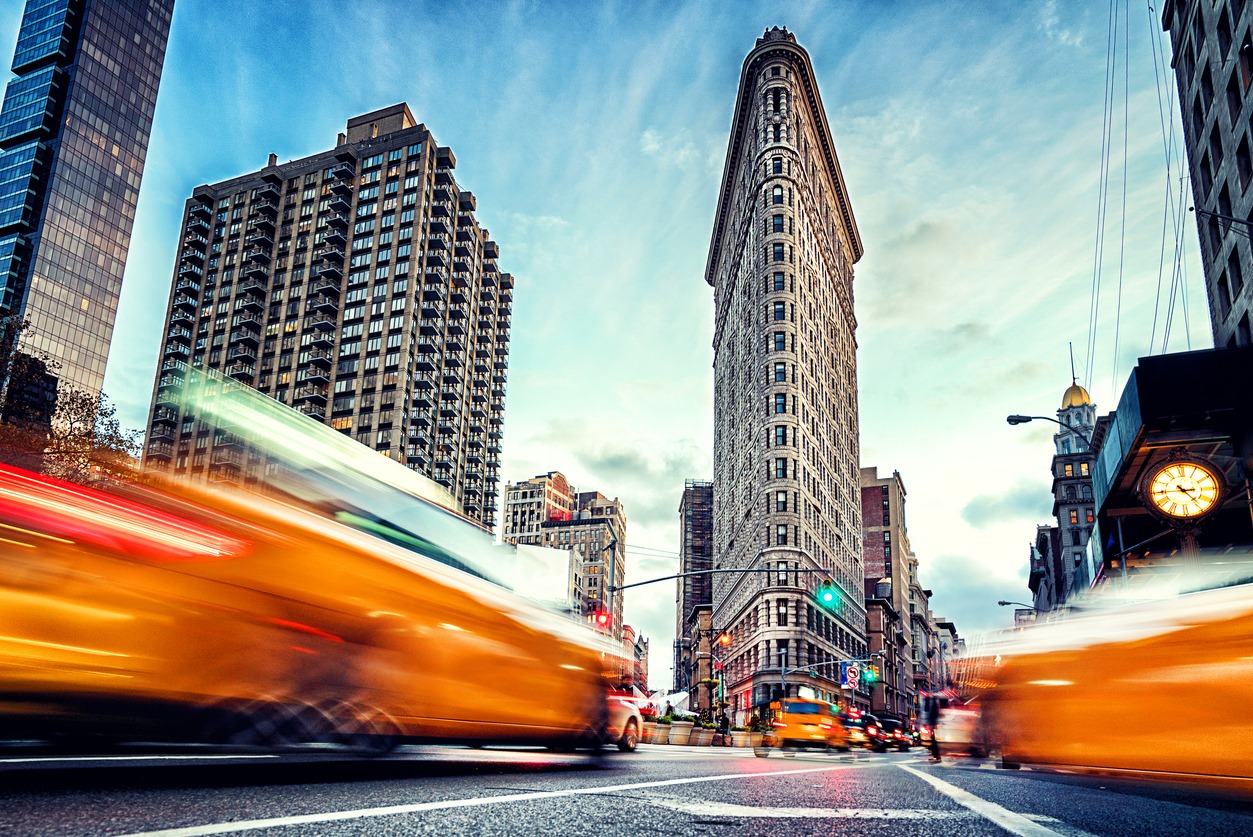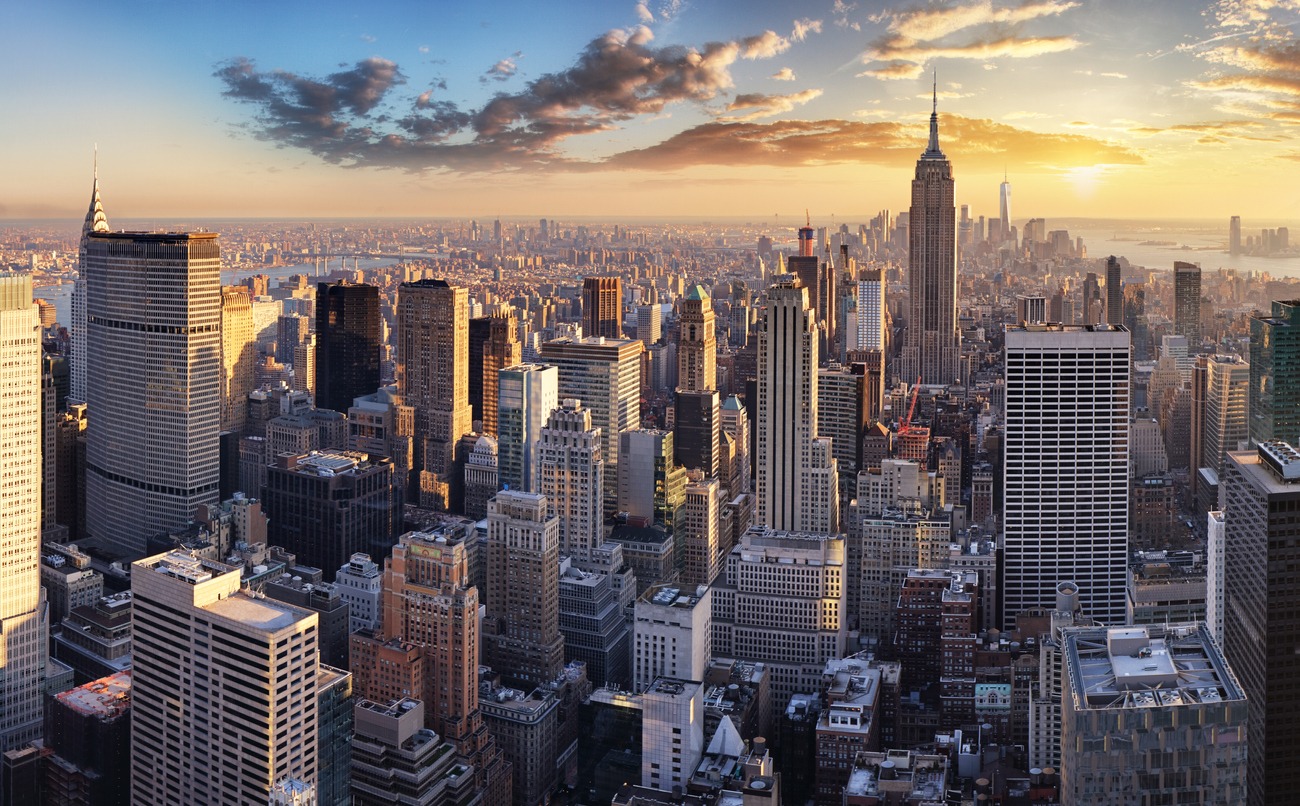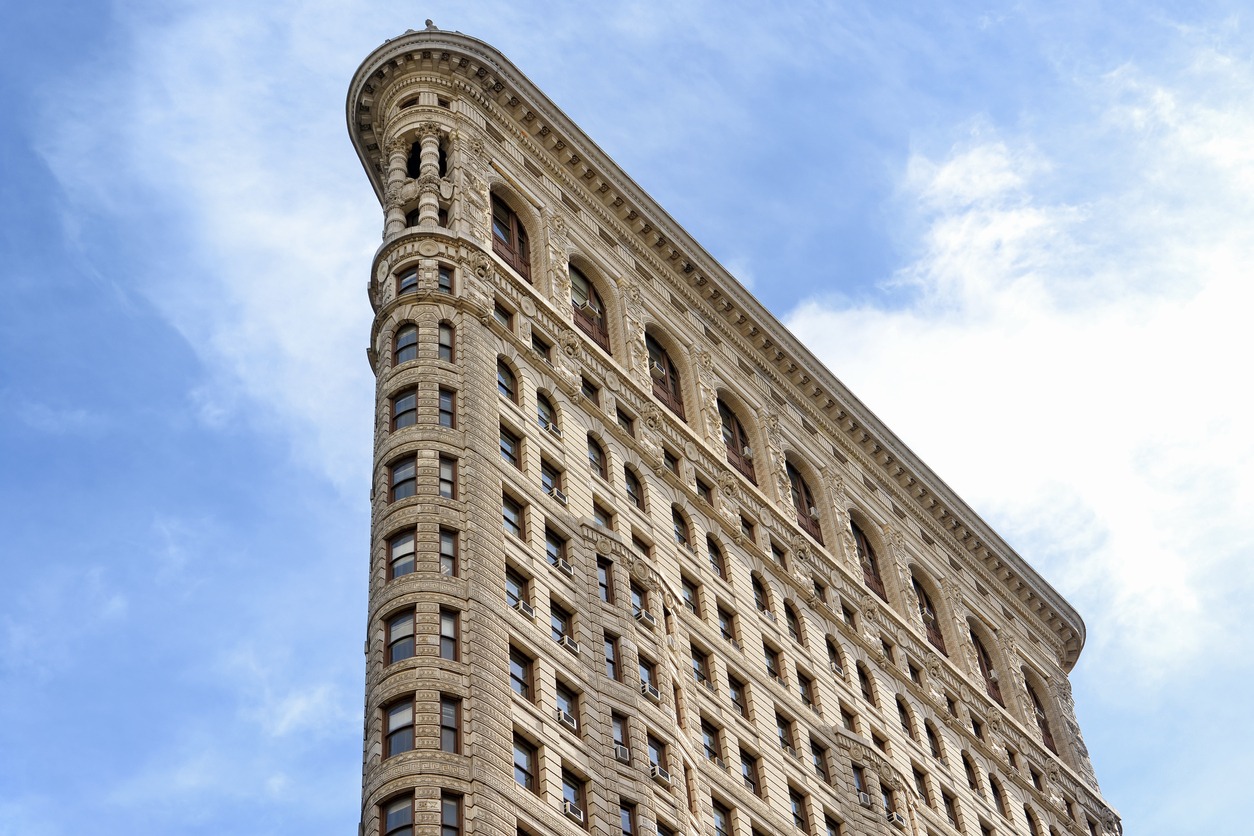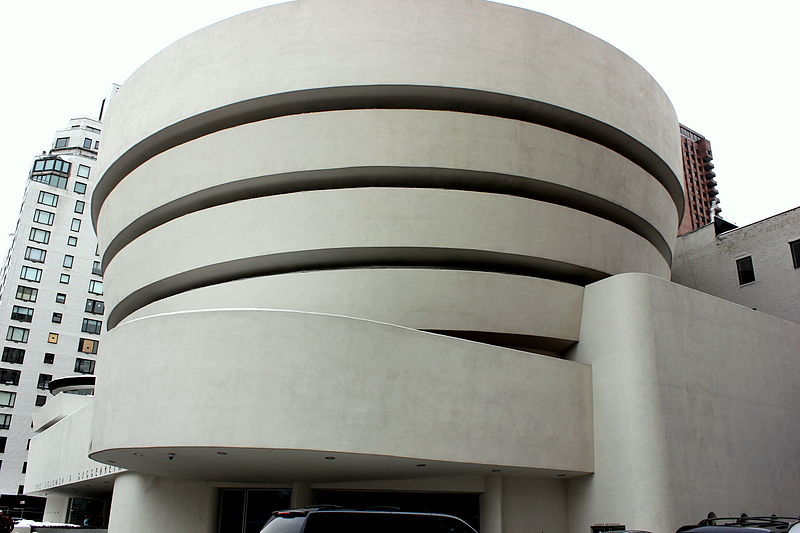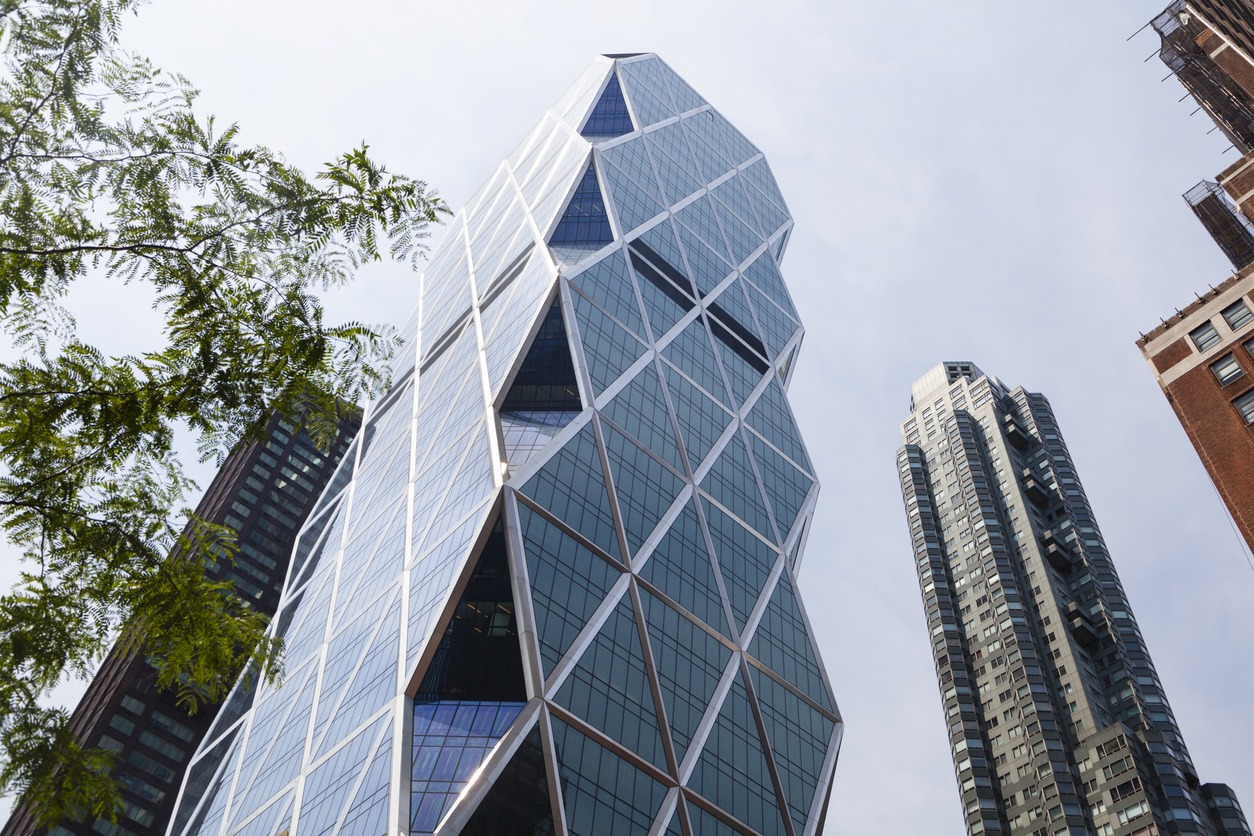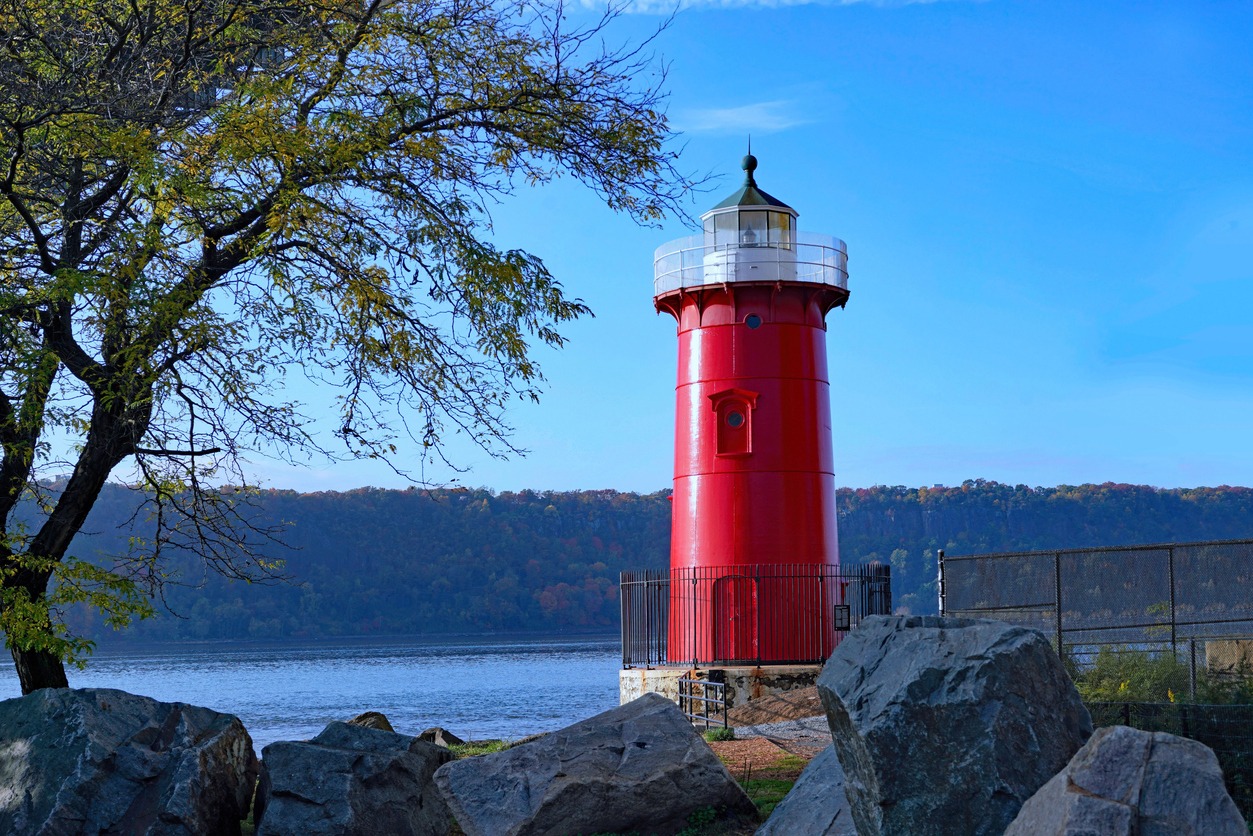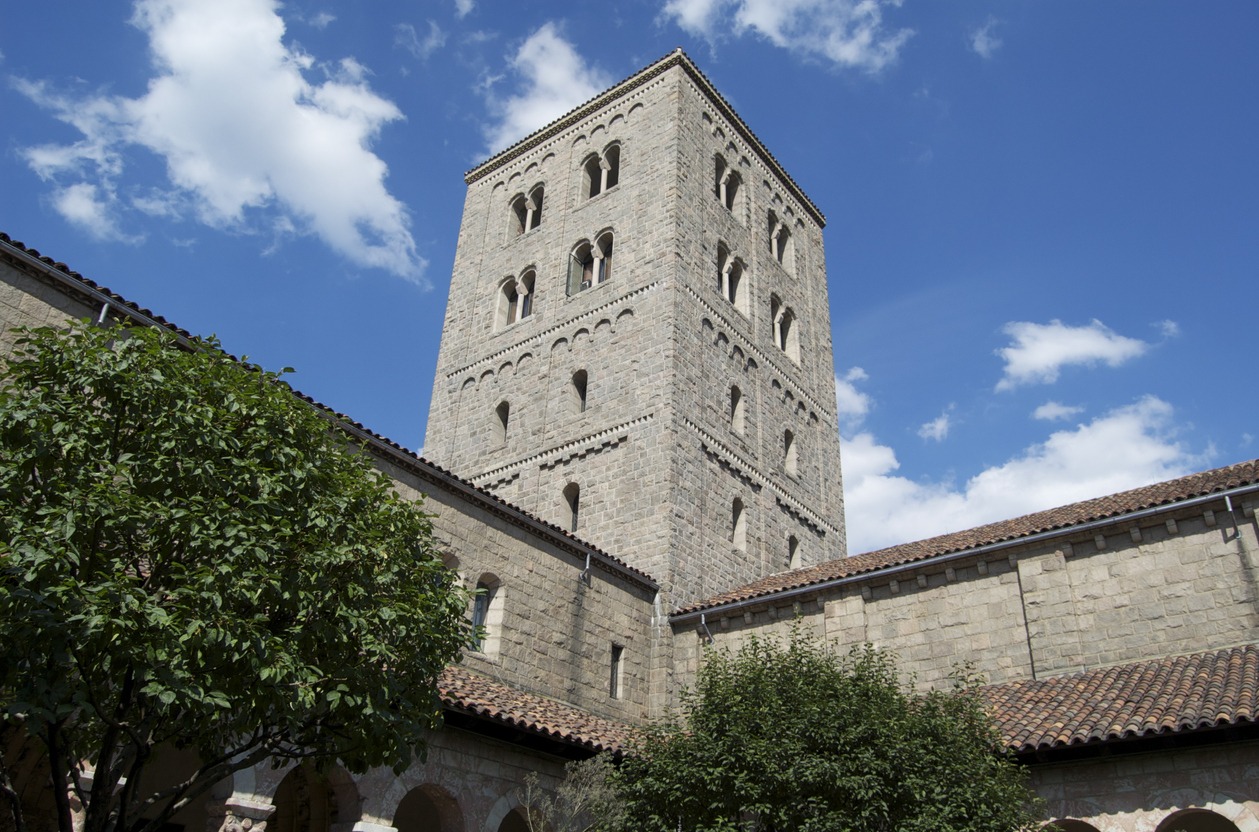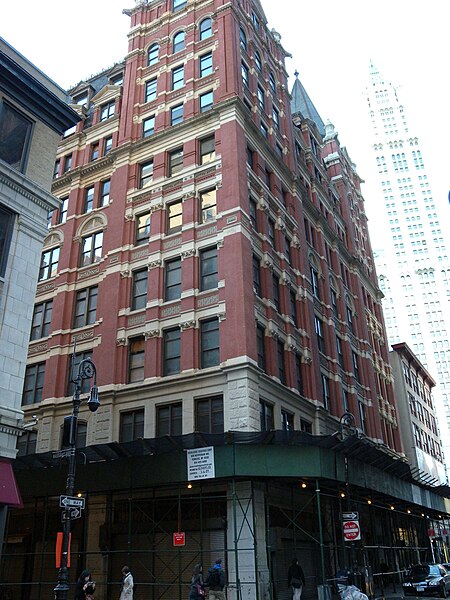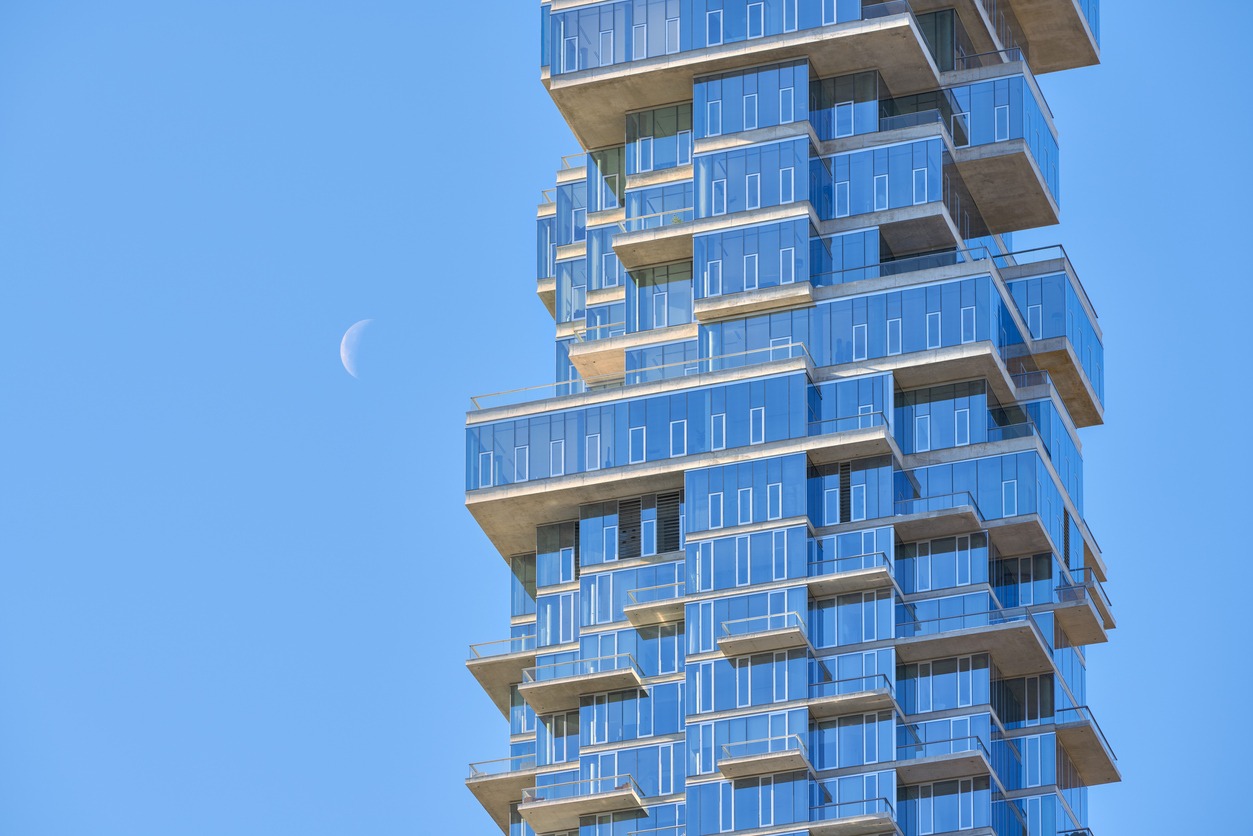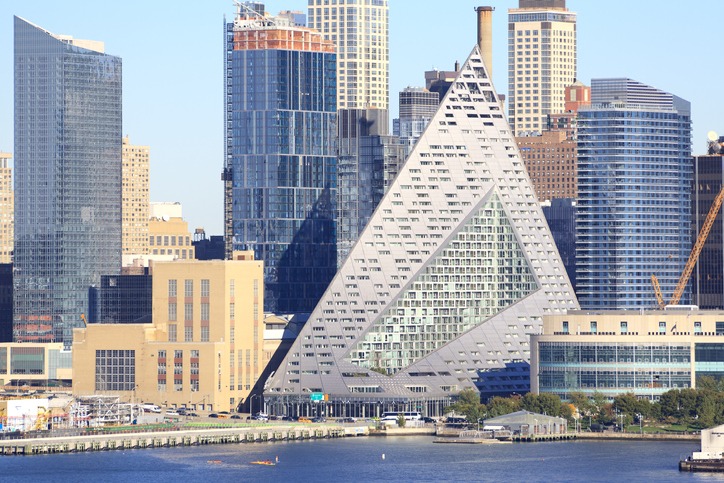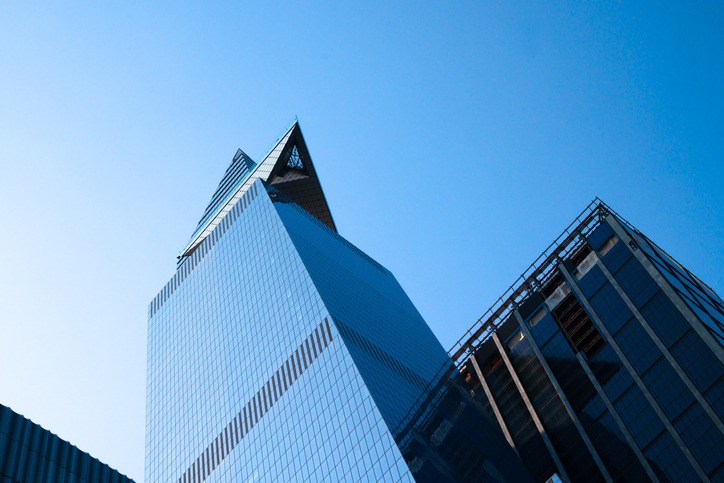New York City, known for its vibrant energy and towering skyscrapers, is home to some of the world’s most iconic architecture. From the historic Statue of Liberty to the modern marvels of the One World Trade Center, the city’s skyline tells a story of ambition, innovation, and the relentless pursuit of architectural excellence. Yet, amidst these well-known landmarks lies a collection of buildings that defy conventional design, each with its own unique character and story, contributing to the city’s reputation as a melting pot of architectural styles.
In this article, we will explore some of the most unusual buildings in New York City. We will delve into the structures that stand out not just for their height but for their distinctive designs, innovative concepts, and the ways they challenge our perceptions of what a building can be.
From the ancient-inspired cloisters to the futuristic visions of residential living, these buildings captivate the imagination and invite us to look beyond the familiar facades to the extraordinary possibilities of architectural creativity. Join us as we uncover the hidden gems and eccentric masterpieces that make New York City an architect’s playground.
Defining Unusual Architecture
Unusual architecture transcends the traditional boundaries of design, embracing the extraordinary and the unconventional. In the vast architectural landscape of New York City, where every style from Beaux-Arts to Postmodernism is represented, unusual architecture stands out through its distinctive features and innovative concepts. These buildings often tell a story, reflect a moment in time, or embody a daring vision, making them more than mere structures but landmarks of creativity and imagination. Explore beyond the unusual buildings in New York, learn about the Brutalism architecture. Visit Exploring the Monumental World of Brutalist Architecture and Its Visionary Architects In addition to learning about the unusual buildings in NYC, learn about the Brutalist architecture too. Visit Concrete Controversies and the Unpacking of Brutalist Architecture Criticisms
Characteristics of Unusual Architecture
- Innovative Design: Buildings that showcase unique shapes, unconventional layouts, or avant-garde aesthetics. Examples include structures that defy the traditional rectangular skyscraper model or incorporate unexpected elements like curves, angles, and non-standard materials.
- Creative Use of Materials: The employment of new or unconventional materials or traditional materials used in novel ways. This can range from advanced glass technology that reacts to sunlight to the integration of green elements like vertical gardens.
- Technological Integration: Incorporating cutting-edge technology not only for sustainability but also for enhancing the user experience, such as dynamic lighting systems, smart glass, or automated environmental controls.
- Cultural or Historical Significance: Some buildings are considered unusual due to their backstory or the context within which they were built. This includes structures that might blend different architectural styles or those built with a specific, often eccentric, vision in mind. Explore the Greek Columns’ rich tapestry. Visit Exploring the Materials and Techniques Behind Ancient Greek Columns. Discover more unique architectures. Visit Exploring the Art and Symbolism of Metopes and Triglyphs in Doric Architecture.
Explore the Deconstructivist Architecture as one of the unusual buildings in NYC. Visit New York’s Architectural Rebellion – A Journey Through a Deconstructivism Design.
The Role of Unusual Architecture in Urban Landscapes
Unusual buildings play a crucial role in shaping the character and skyline of a city. They often become symbols of a city’s innovation and forward-thinking mindset. In New York City, these structures add layers of depth to the urban fabric, inviting residents and visitors alike to explore and engage with their environment in new ways. They serve as conversation starters, landmarks, and sometimes, sources of inspiration for future architectural endeavors.
Explore Five of the Best Observation Decks in the city. Visit Elevated Views – The Top Observation Decks to Visit in New York City.
Learn about the Empire State Building of New York City. Visit Reaching for the Sky – The Empire State Building in the Global Tapestry of Skyscrapers.
The Impact on Community and Culture
Unusual architecture does more than just break the mold; it influences the way people interact with their surroundings and with each other. These buildings can become focal points for community gatherings, cultural events, and artistic expression, thereby enriching the social and cultural life of the city. They challenge the public to see architecture not just as a backdrop to daily life but as an active participant in the cultural narrative of the city.
In New York City, the embrace of unusual architecture reflects the city’s enduring spirit of innovation and its constant evolution. From the daring designs of new constructions to the adaptive reuse of historical buildings, the city continues to be a canvas for architectural experimentation and a testament to the limitless possibilities of human creativity.
In addition to learning about the unusual buildings in NYC, learn about the city’s Tallest Architectural Wonders. Visit Sky High – Exploring New York City’s Tallest Architectural Wonders.
In addition to the unusual buildings, count the overall buildings in New York City. Visit Unveiling the Skyline – Counting the Buildings of New York City.
Discover New York City’s rich tapestry of Colonial Architecture. Visit Exploring the Charm of Colonial New York – A Guide to the City’s Historic Architecture.
Iconic Unusual Buildings in New York City
New York City’s skyline is a testament to architectural diversity and innovation. Among its many buildings, certain structures stand out for their unique designs, historical significance, and contribution to the city’s architectural tapestry. These iconic, unusual buildings not only define the city’s skyline but also embody the spirit of New York City’s continuous evolution and its embrace of the avant-garde.
Flatiron Building
The Flatiron Building, with its distinctive triangular shape, is a marvel of early 20th-century architecture. Designed by Daniel Burnham in the Beaux-Arts style, it was one of the tallest buildings in the city when completed in 1902. Its iron and steel framework allowed for a slender structure that, despite its height, stands sturdily at the intersection of Broadway, Fifth Avenue, and 23rd Street, resembling the shape of a clothing iron.
The Flatiron Building became an instant icon of New York City, capturing the public’s imagination and becoming the subject of countless photographs, paintings, and literary references. It symbolized New York’s rapid growth and its embrace of modernity.
Learn more about the Flatiron Building in New York City. Visit Triangular Triumph – Unveiling the Rich History of New York City’s Iconic Flatiron Building.
The Vessel
The Vessel, located in Hudson Yards, is a striking example of contemporary architecture and interactive art. Designed by Thomas Heatherwick, this honeycomb-like structure consists of a network of staircases and platforms that offer visitors unique perspectives of the city and the Hudson River.
Since its opening, The Vessel has become a popular public landmark, inviting visitors to not only view the city from different angles but to become part of the experience themselves. Its open, engaging design represents the dynamic and interactive nature of modern urban spaces.
The Guggenheim Museum
Designed by Frank Lloyd Wright, the Solomon R. Guggenheim Museum is renowned for its spiraling, cylindrical shape, starkly contrasting the traditional museum layout. Completed in 1959, its unique design was initially controversial but has since become one of the most celebrated examples of 20th-century architecture.
The Guggenheim has played a pivotal role in challenging and expanding the boundaries of museum architecture. Its design enhances the art viewing experience, allowing visitors to traverse the gallery along a continuous spiral path, thus redefining the interaction between space and art.
Hearst Tower
The Hearst Tower, designed by Norman Foster, is notable for its diagrid structure, a series of triangles made of steel that form a striking geometric pattern on its façade. It was the first skyscraper to break ground in New York City after 9/11 and is recognized for its green design and energy efficiency.
The tower represents a blend of historical preservation and modern innovation. It incorporates the original six-story Art Deco base of the Hearst Corporation’s headquarters, seamlessly merging past and present architectural styles. Its commitment to sustainability and eco-friendly design principles has set new standards for skyscraper construction in the 21st century.
Historic and Eccentric Structures
New York City’s architectural landscape is dotted with buildings that not only stand out for their unique designs but also carry with them stories of the past, making them significant pieces of the city’s history. Among these, certain structures are particularly noteworthy for their eccentricity and the tales they tell, blending historical significance with a touch of the unconventional.
The Little Red Lighthouse
Nestled under the George Washington Bridge along the Hudson River, the Little Red Lighthouse is a charming historic landmark that stands out for its diminutive size and bright red color. Officially known as Jeffrey’s Hook Light, this lighthouse was erected in 1921 and became famous through the children’s book “The Little Red Lighthouse and the Great Gray Bridge” by Hildegarde H. Swift.
Despite its small stature, the Little Red Lighthouse played a crucial role in navigating the waters of the Hudson River. Its preservation and continued existence serve as a reminder of New York City’s maritime history and the community’s efforts to preserve its historical landmarks.
The Cloisters
Located in Fort Tryon Park, The Cloisters is a part of the Metropolitan Museum of Art dedicated to the art, architecture, and gardens of medieval Europe. This museum is unique in its design, which incorporates elements from five medieval French cloisters, transported and reassembled in New York City.
The Cloisters offers a slice of medieval Europe in the heart of Manhattan, providing an immersive experience of the past. Its collection includes approximately 5,000 works of art from the 12th to the 15th century, surrounded by gardens planted according to horticultural information found in medieval treatises and poetry.
The Beekman Hotel (Temple Court)
The Beekman Hotel, also known as Temple Court, is a historic building in Lower Manhattan that was one of the city’s first skyscrapers. Featuring a stunning nine-story Victorian atrium with a pyramidal skylight and intricate ironwork railings, the building has been beautifully restored and transformed into a luxury hotel.
The Beekman Hotel is a testament to the architectural innovation of its time and the enduring appeal of Victorian design. Its transformation from an office building to a high-end hotel illustrates the adaptive reuse of historic structures, blending old-world charm with modern luxury.
Futuristic and Innovative Designs
In the ever-evolving skyline of New York City, a number of buildings stand out not just for their height but for their forward-thinking architecture and innovative designs. These structures push the boundaries of conventional building techniques and materials, showcasing what the future of urban living might look like.
56 Leonard Street
Often referred to as the “Jenga Tower” for its cantilevered floors, 56 Leonard Street is a striking residential skyscraper in Tribeca. Designed by Herzog & de Meuron, it features 145 unique residences, each with its own outdoor space, creating a staggered effect that resembles a vertical village.
The building’s design challenges traditional skyscraper architecture, combining form and function in a way that maximizes both living space and panoramic views. Its sculptural quality not only adds to the city’s aesthetic diversity but also represents a new approach to high-rise living.
VIA 57 West
VIA 57 West, designed by the Danish architecture firm Bjarke Ingels Group (BIG), is a hybrid between a high-rise and a European-style courtyard building. Known for its striking tetrahedral shape, this residential building offers a new take on apartment living in NYC.
The building’s unique shape provides residents with expansive views of the Hudson River, while its central courtyard introduces a patch of greenery and communal space rare in Manhattan’s dense urban environment. VIA 57 West is also noted for its sustainability features, including its energy-efficient design and materials.
The Edge
The Edge is the highest outdoor sky deck in the Western Hemisphere, located in the Hudson Yards development. It extends out from the 100th floor of 30 Hudson Yards, offering breathtaking views of New York City and beyond.
This architectural marvel not only provides an unmatched vantage point but also features a glass floor, angled glass walls, and outdoor sky steps, pushing the limits of architectural design and engineering. The Edge exemplifies the combination of thrill and innovation, inviting visitors to step out into the sky.
Conclusion
New York City’s buildings are like a colorful storybook of the past, present, and future. Each one, from the old and quirky to the new and cutting-edge, adds something special to the city. Together, they make up the city’s famous skyline and show that New York is a place that loves its history, lives fully today, and is always excited about what comes next.

